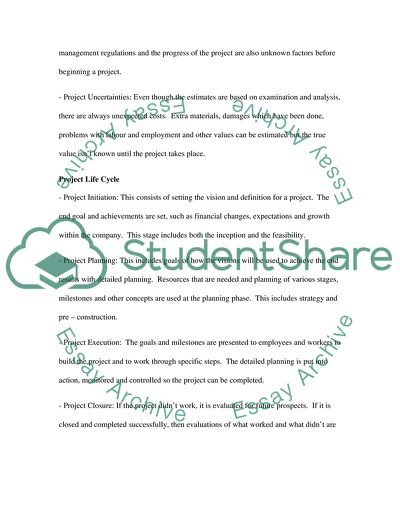Cite this document
(“Architecture - Project Management - Exam Research Paper - 2”, n.d.)
Architecture - Project Management - Exam Research Paper - 2. Retrieved from https://studentshare.org/architecture/1577256-architecture-project-management-exam
Architecture - Project Management - Exam Research Paper - 2. Retrieved from https://studentshare.org/architecture/1577256-architecture-project-management-exam
(Architecture - Project Management - Exam Research Paper - 2)
Architecture - Project Management - Exam Research Paper - 2. https://studentshare.org/architecture/1577256-architecture-project-management-exam.
Architecture - Project Management - Exam Research Paper - 2. https://studentshare.org/architecture/1577256-architecture-project-management-exam.
“Architecture - Project Management - Exam Research Paper - 2”, n.d. https://studentshare.org/architecture/1577256-architecture-project-management-exam.


